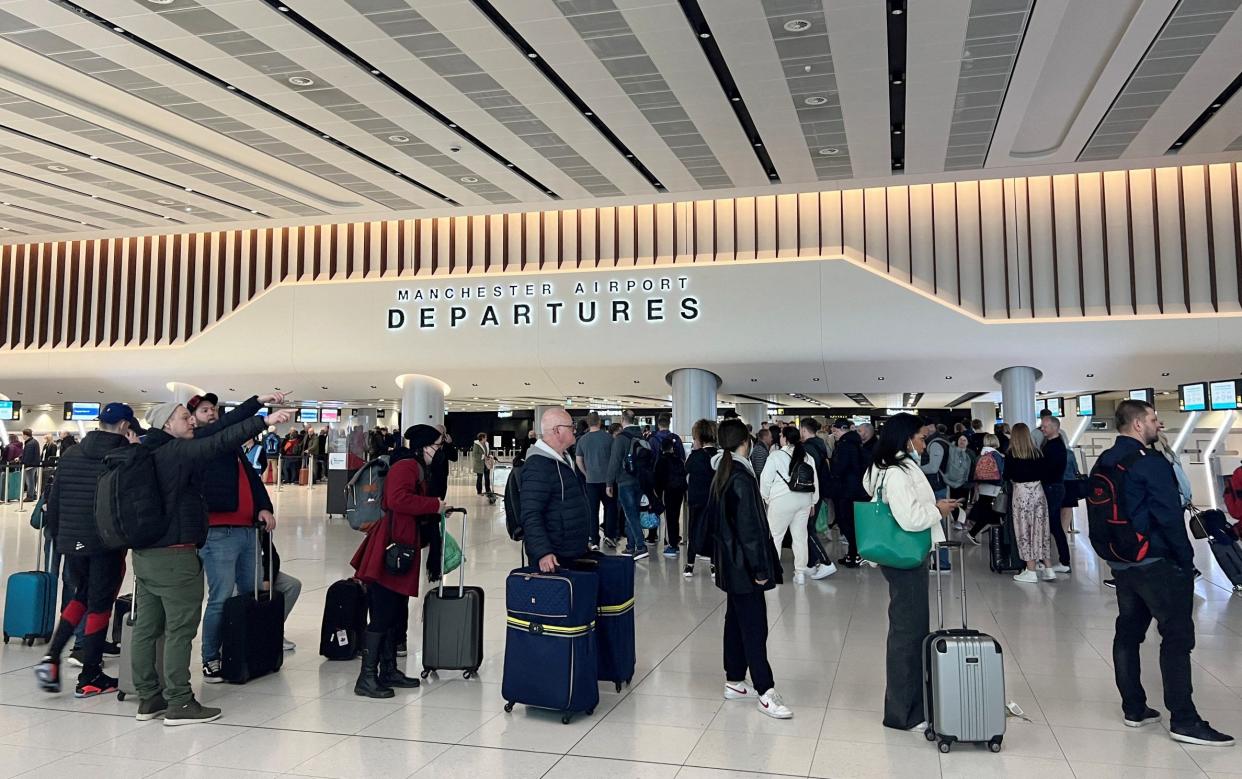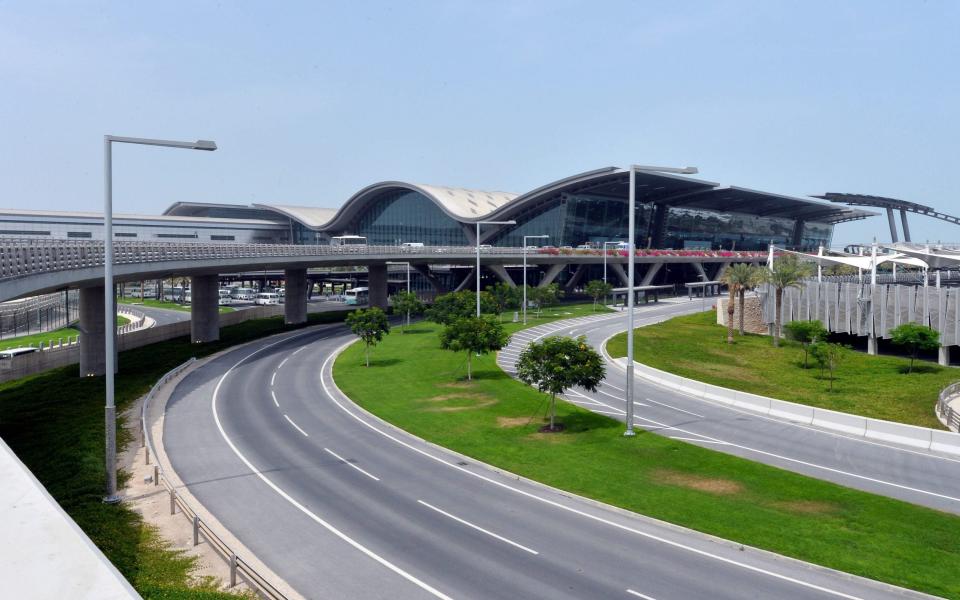Manchester Airport’s designers have learnt nothing from London Stansted’s fate

The unpleasantness of the airport experience has joined death and taxes on the list of life’s certainties. Lately, we’ve all endured conga-line queues around the car park just to get into the terminal building, before another lengthy wait to empty our pockets and dig out our toiletries at security. Then we wait our turn – again – to show our passports at the gate, before we board and squeeze into our seats between dishevelled road warriors and other people’s children.
Last year, Manchester Airport was among the worst performing in the country, with its long check-in delays and baggage handling snafus. Over the peak summer period more than 60 per cent of its departures were delayed. So it was good to see Manchester Airports Group (MAG) announce details this week of a new £440m Terminal 2 building, which Charlie Cornish, CEO of MAG, says will provide a “great airport experience for passengers” with “world-class facilities”. Until, that is, I saw the plans.
Airport terminals should be buildings that inspire joy and lift the spirits. Some do. Leaving the light airy Heathrow Terminal 5 or Madrid’s Barajas on a sunny spring or autumn day is a joy. Munich, Stockholm, Helsinki and Oslo airports offer neat efficiency. Tokyo’s Haneda is small and perfectly formed. Alas, the new Manchester airport looks like a Westfield shopping centre with runways attached.

We don’t need “the 27 shops, bars and restaurants arranged in walkways that have a high-street feel” that its proponents promise. We need two or three great restaurants, plus coffee shops and bars, a Boots, a Paul Smith boutique, a WH Smith and a Uniqlo (Every airport should have a Uniqlo). Manchester’s designers have learnt nothing from Stansted’s fate. So many shops have been crammed into Sir Norman Foster’s glass pavilion in Essex that its bright elegance has been lost to Claire’s Accessories.
To cheer us up, we need the jaunty colours of Barajas, with its signature yellow, or the lush gardens of the new wing of Doha’s Hamad airport. Singapore’s Changi is widely considered one of the world’s finest air travel hubs, but it seems Manchester’s designers have chosen to copy only its worst feature – a no-colour colour palette: 17 different shades of greige – without pinching any of its best bits (its butterfly garden, swimming pool, canopy park, and waterfall).
But perhaps the biggest miss is technology. There is scant mention or sight of it. Smart airport operators are creating smart airports to speed passengers through. I recently checked in for a flight, dropped off a hold bag, cleared immigration, and boarded the aircraft – just by using my face. I didn’t even have to show my passport at immigration or get an exit stamp.
At Dubai International, facial recognition has replaced passports. My face had been automatically registered when I arrived, so when I left the Emirates check-in machine recognised me and printed out my boarding pass and a luggage tag to attach to my trusty Globetrotter and send it on its way to the hold of the A380 superjumbo that would take me back to Heathrow. The e-Gates at departures recognised me in seconds. No pause. No passport check. When it was time to board I again looked into a camera at the gate to identify myself and walked straight on to the plane.
At Dubai and Doha airports, new hi-tech scanners mean most passengers no longer need to take liquids out of their hand luggage (a change coming to Britain, but not until 2024). Dubai will soon replace the traditional conveyor belt X-ray machines with safe personal and luggage X-ray “arches” that passengers will simply walk through with their bags.

Some airports are combining new technology with fresh design to improve the passenger journey. Abu Dhabi’s upcoming $10bn Midfield Airport has a unique X-shape with check-in at the centre to make it the easiest – and quickest – major international airport for passengers to navigate by cutting distances and walking time from gate to gate to the lowest for a major hub. (Hong Kong’s Chek Lap Kok, take note). In future, passengers will check in and drop off their bags at hubs in downtown Abu Dhabi, from where smart trains will take them and their luggage directly to the gate area, avoiding long walks altogether.
Forward-looking airport operators are not ignoring the fun stuff. Passengers arriving in Dubai on Emirates will soon be able to pre-order duty-free goods before they take off, or while on-board, and have them delivered to their hotel. So much easier than Manchester’s or Heathrow’s click-and-collect shopping offer. Holders of Qatar Airways credit cards can earn double air miles when they shop in Hamad’s high-end new shops that now include a Thom Browne boutique. (No such snazzy boutiques on Manchester’s “high street”).
Not everything is disappointing in Manchester’s plans. The new check-in area is vast – as it needs to be to get passengers through to security quickly, as Istanbul, Dubai and Doha airports demonstrate. There appears to be a decent amount of natural light, something so often forgotten. But that’s not enough. The Manchester execs should take a trip to the Gulf to see how it’s done and then come back and have another go.


